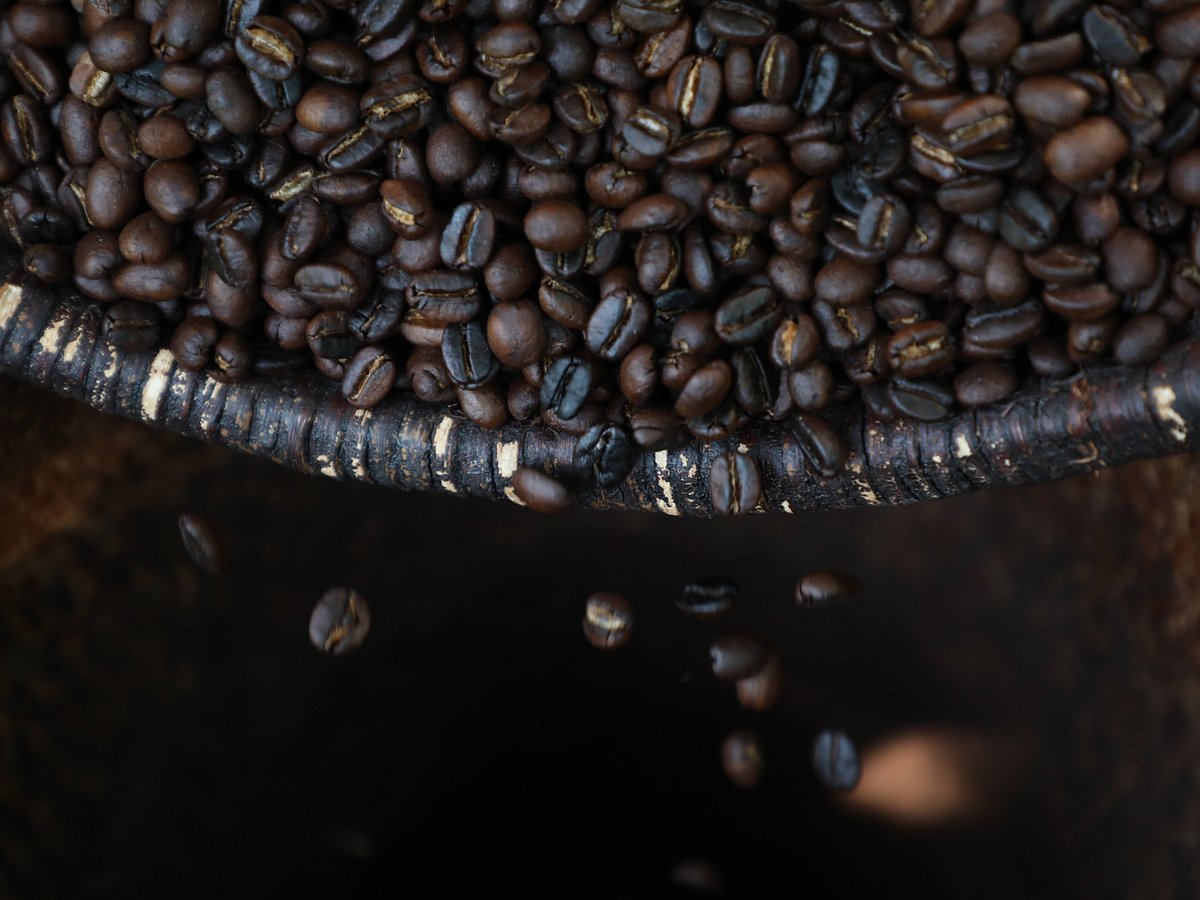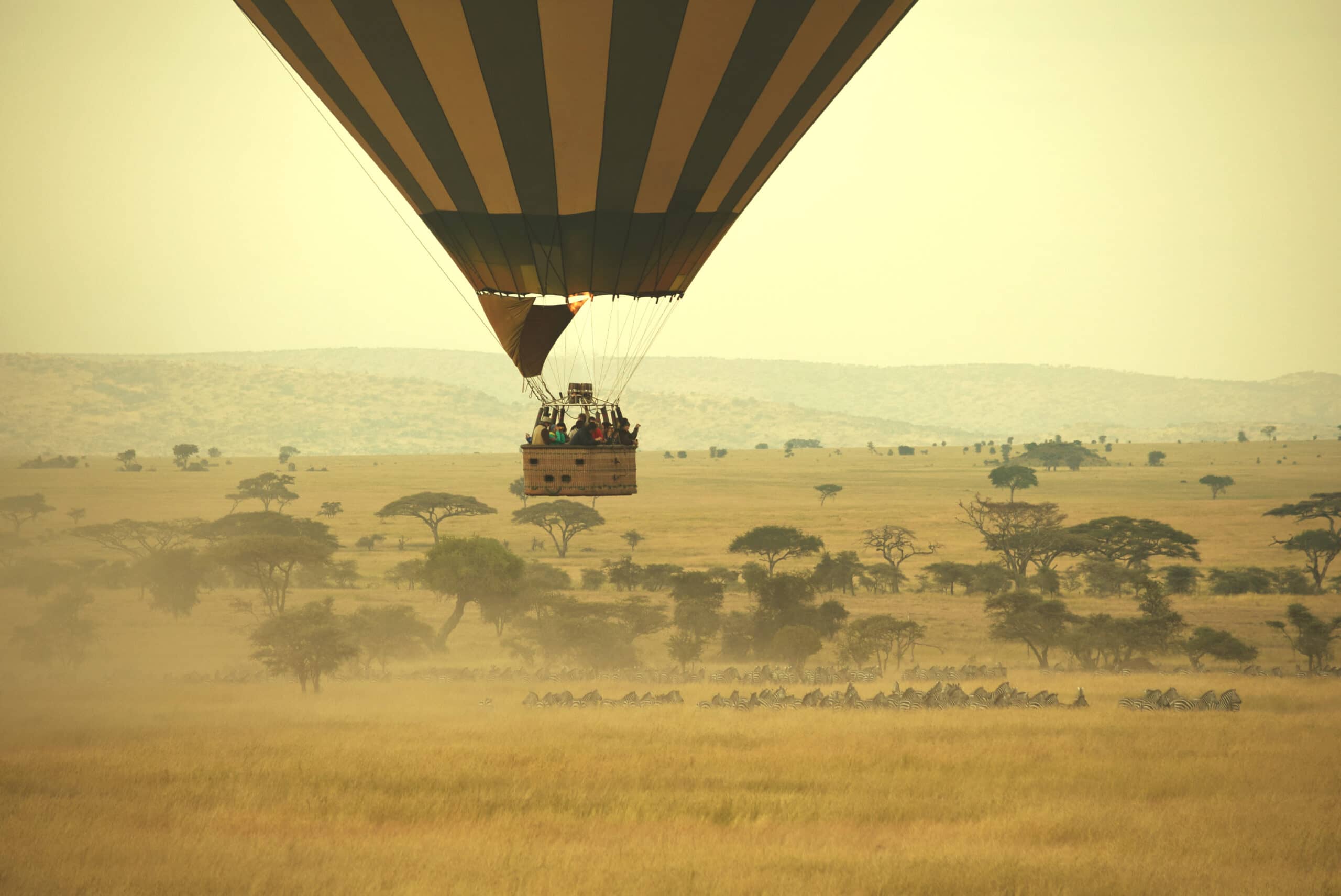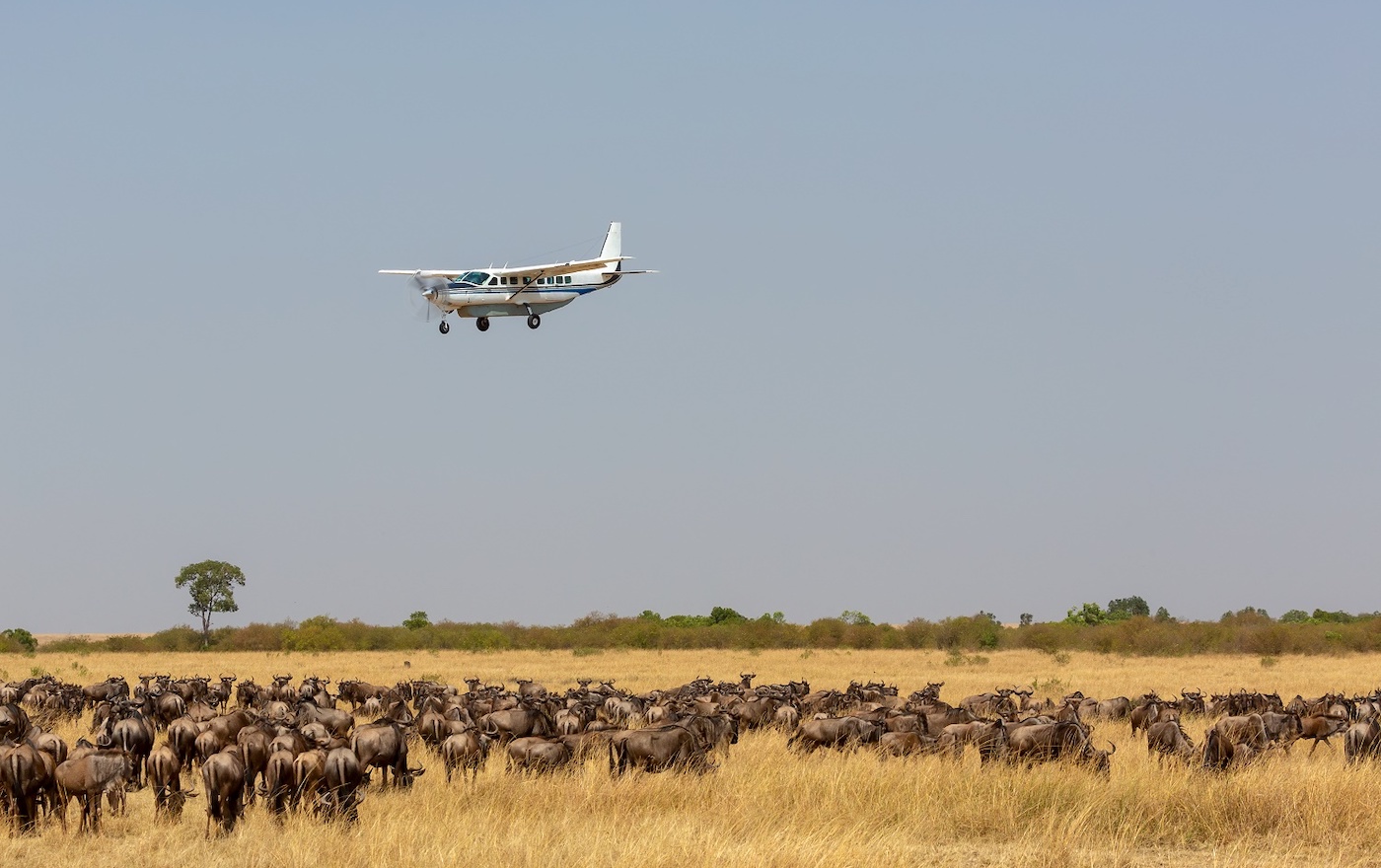8 DAYS TREK
Marangu Route
Destinations.
Kilimanjaro Mountain
Mount Kilimanjaro Climb – Marangu Route
The Rongai Route is the only route that approaches Mount Kilimanjaro from the north, near the Kenyan border. It is less crowded than other routes and offers a more gradual ascent, making it an excellent choice for beginners. The scenic landscapes, including views of the Kenyan plains, and the possibility of seeing wildlife like antelope and elephants, make Rongai a unique experience.
Despite its drier climate, Rongai provides good acclimatization opportunities, especially with the 7-day itinerary that includes an extra acclimatization day at Mawenzi Tarn Hut. The descent follows the Marangu Route, allowing climbers to experience both sides of Kilimanjaro.
Highlights
- Less crowded – fewer climbers, peaceful experience
- Gradual ascent – good for beginners
- Drier conditions – less rain and mud than southern routes
- High summit success rate (especially on 7-day itinerary)
- Scenic views of the Kenyan plains
Challenges:
- Less variety in scenery than other routes
- More exposed and windy conditions in some sections
- Long summit night (but all routes have this challenge)
Itinerary
Comprehensive Travel Plan –
A detailed schedule outlining the journey.
Day 1: Marangu Gate to Mandara Hut
- Elevation: 1,870m (6,135ft) → 2,700m (8,858ft)
- Distance: 8 km (5 miles)
- Hiking Time: 3–5 hours
- Terrain: Rainforest
The adventure begins at Marangu Gate, where climbers complete registration before starting their hike through the dense rainforest. The trail is well-maintained, with lush greenery, towering trees, and frequent wildlife sightings—including colobus monkeys and exotic birds. After a steady ascent, climbers arrive at Mandara Hut, where simple dormitory-style accommodations provide a comfortable overnight stay. Nearby, a short walk leads to the Maundi Crater, offering breathtaking views of Mawenzi Peak and Northern Tanzania.
Day 2: Mandara Hut to Horombo Hut
- Elevation: 2,700m (8,858ft) → 3,720m (12,205ft)
- Distance: 12 km (7.5 miles)
- Hiking Time: 5–7 hours
- Terrain: Rainforest to Moorland
Leaving the rainforest behind, the trail ascends into the moorland zone, where vegetation becomes sparser and temperatures begin to drop. The path offers incredible views of Mawenzi and Kibo peaks, with a noticeable change in the atmosphere as oxygen levels decrease. Climbers spend the night at Horombo Hut, a busy resting point for those ascending and descending the mountain.
Day 3: Acclimatization Day at Horombo Hut
(Optional – 6-day itinerary only)
- Elevation: 3,720m (12,205ft) → 4,400m (14,435ft) → 3,720m (12,205ft)
- Distance: 5 km (3 miles)
- Hiking Time: 3–4 hours
- Terrain: Moorland
For climbers choosing the 6-day itinerary, this day is dedicated to acclimatization, which increases summit success rates. A short trek to the Zebra Rocks (4,400m), named for their striped appearance, helps the body adjust to higher altitudes. After exploring the area, climbers return to Horombo Hut for another night.
Day 4: Horombo Hut to Kibo Hut
- Elevation: 3,720m (12,205ft) → 4,703m (15,430ft)
- Distance: 10 km (6 miles)
- Hiking Time: 5–7 hours
- Terrain: Alpine Desert
The trail gradually steepens as it enters the alpine desert zone, where harsh, dry conditions replace the lush landscapes of earlier days. The air is thinner, making breathing more difficult. Climbers pass the “Last Water Point” at 4,130m, meaning water must be carried from here to Kibo Hut. The final stretch leads to Kibo Hut, the last stop before the summit attempt.
Climbers rest at Kibo Hut for a few hours before the midnight summit push.
Day 5: Kibo Hut → Uhuru Peak → Horombo Hut
- Elevation: 4,703m (15,430ft) → 5,895m (19,341ft) → 3,720m (12,205ft)
- Distance: 21 km (13 miles)
- Hiking Time: 12–16 hours
- Terrain: Ice, snow, and rock
The summit attempt begins at midnight, with climbers slowly making their way up steep switchbacks toward Gilman’s Point (5,685m), where the first glimpse of the sunrise over Africa is seen. The final stretch to Uhuru Peak (5,895m) is challenging but rewarding, with breathtaking views of the glaciers and crater.
After a brief celebration at the summit, climbers descend back to Kibo Hut for rest, then continue to Horombo Hut, where oxygen levels improve and temperatures feel much warmer.
Day 6: Karanga Camp to Barafu Camp
- Elevation: 4,035m (13,250ft) → 4,640m (15,200ft)
- Distance: 4 km (2.5 miles)
- Hiking Time: 4–5 hours
- Terrain: Alpine Desert
The trek continues upward toward Barafu Camp, the final base camp before the summit attempt. The terrain is rocky, barren, and windswept, with little vegetation. Climbers arrive at Barafu in the afternoon and must rest as much as possible. After an early dinner, they sleep by 7 PM to prepare for the summit push. The temperature at night can drop to -10°C (14°F) or lower.
Day 6: Horombo Hut to Marangu Gate
- Elevation: 3,720m (12,205ft) → 1,870m (6,135ft)
- Distance: 20 km (12.5 miles)
- Hiking Time: 5–6 hours
- Terrain: Moorland to Rainforest
The final day is a long descent through the moorland and rainforest, with warmer temperatures and richer oxygen making for an easier walk. Upon reaching Marangu Gate, climbers receive their summit certificates before transferring back to Moshi or Arusha for a well-earned rest.
Trip Add-ons
Enhance Your Safari. Tailor Every Moment to Perfection!
Design Your Bespoke Safari Journey
he Rongai Route is ideal for those who want a quiet, scenic, and gradual climb with a high success rate. The 7-day itinerary is recommended for better acclimatization, increasing the chances of reaching Uhuru Peak.
Would you like assistance with packing lists, gear recommendations, or planning a post-climb safari?






